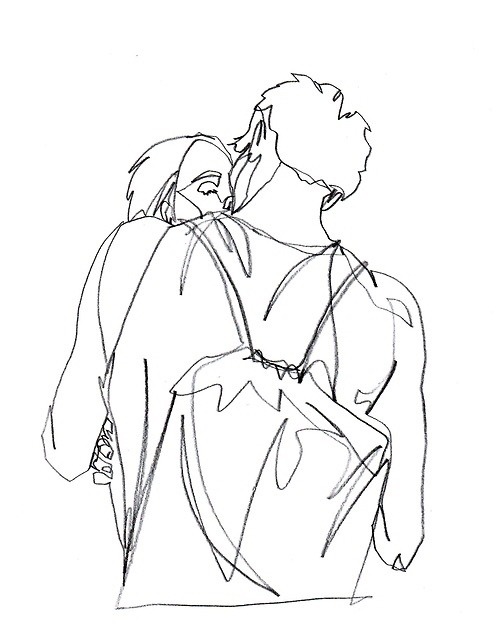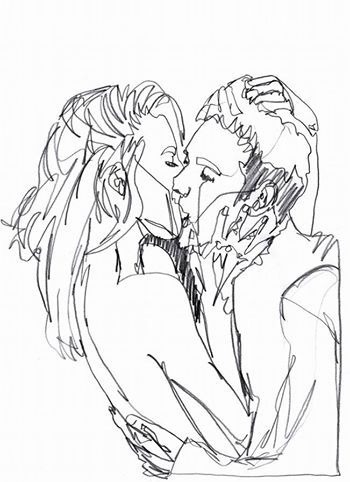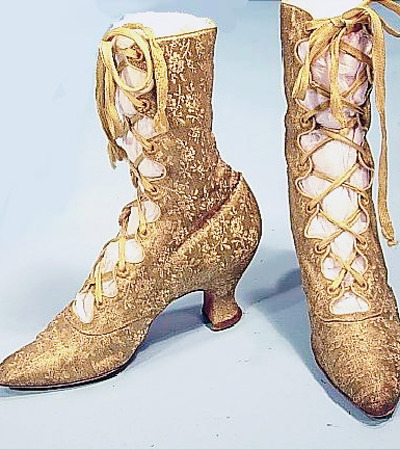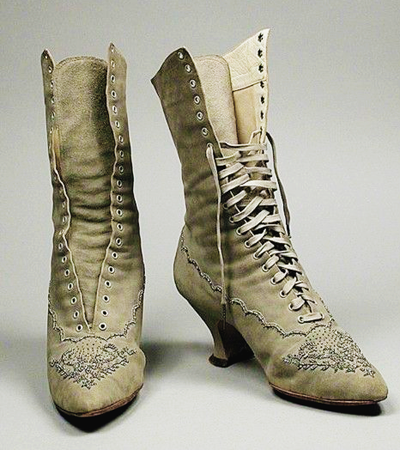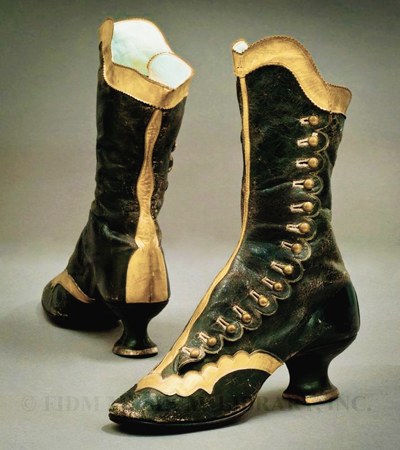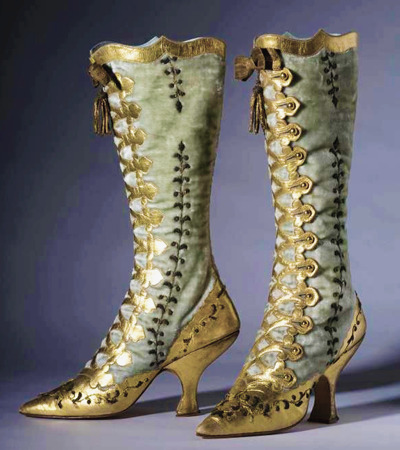LotR + Blades
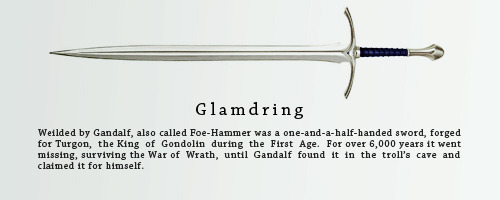



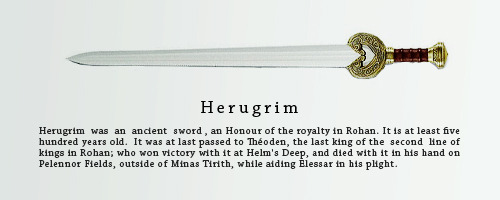

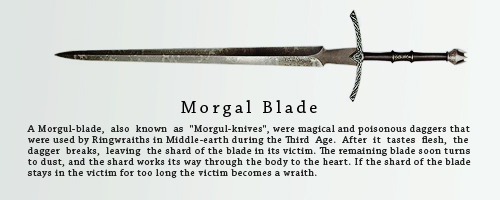
LotR + Blades
Next
More Posts from Zelo-ref and Others




This is the second kydex sheath that I finished today. If you are interested message me or visit my etsy shop.
Etsy shop: https://www.etsy.com/shop/LunarLightForge
Thanks everyone!
Really usefull
I'm kinda ashamed to ask this, but could you make a tutorial on how to draw hands? ;A;
omg dont be ashamed at all!! Hands are generally tough to get used to, lots of artists struggle with it! so dont be ashamed i feel you.
and I actually have made a hand anatomy guide before in fact! If you want to get better at drawing hands I def recommend you learn the basic anatomy first. Please check out the ones I made, I try to make it simple and easy to understand:
Artistic Anatomy: Hands Part 1
Artistic Anatomy: Hands Part 2
There’s my guide to the anatomy, but here’s some more tips that I’ve noted to myself that I’d like to include
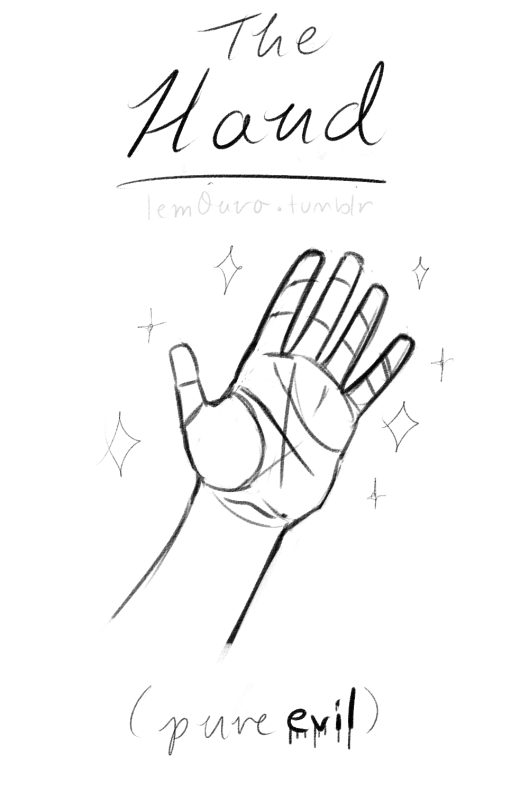
First off, I’d like to just note on the fingers: if you pay close attention to your own hand, you may notice the fingers are ever ever so slightly curved inward. It’s a very subtle detail, but I noticed that, despite how slight it is, it can make a hand look more lively, and less stiff.
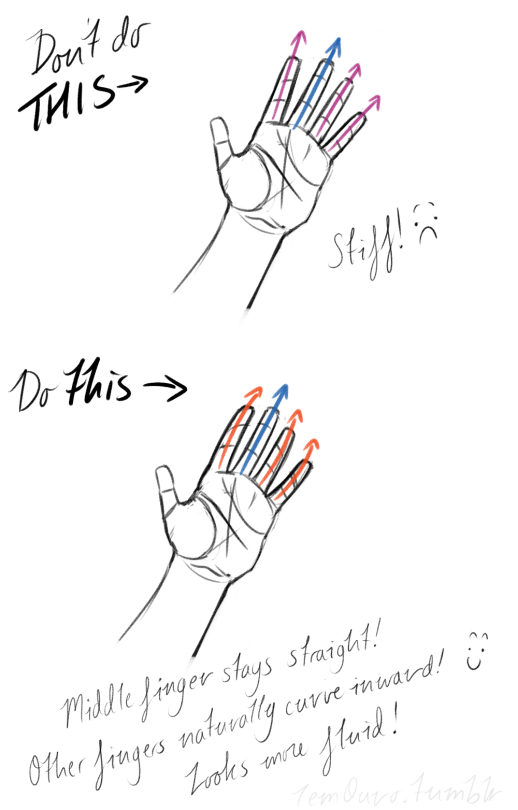
Second, the “M” on the palm! Your hand moves in many ways, and because it does it creates creases in your hand. The most prominent creases appear to make an M shape; this is handy to remember for what I’m going to talk about next. (It also could be a “W” I guess, or to be more specific a “ )X( “; just think of it in whatever way helps you remember!)

SO now that you see the M, draw your hand as a basic blocked shape and add your details. As you do, you can see that the M divides the palm into four basic parts!


When the hand moves, parts A, B, or C of the palm, alone or in different combos, will create the general poses that the hands do normally. These parts are the parts that move, with D being stationary, no matter what!
Here’s a chart of all the possible combos. Once you have down what part of the hand moves for a certain pose, you can change up the fingers and tweak it a bit to do what you need to make it more specific!
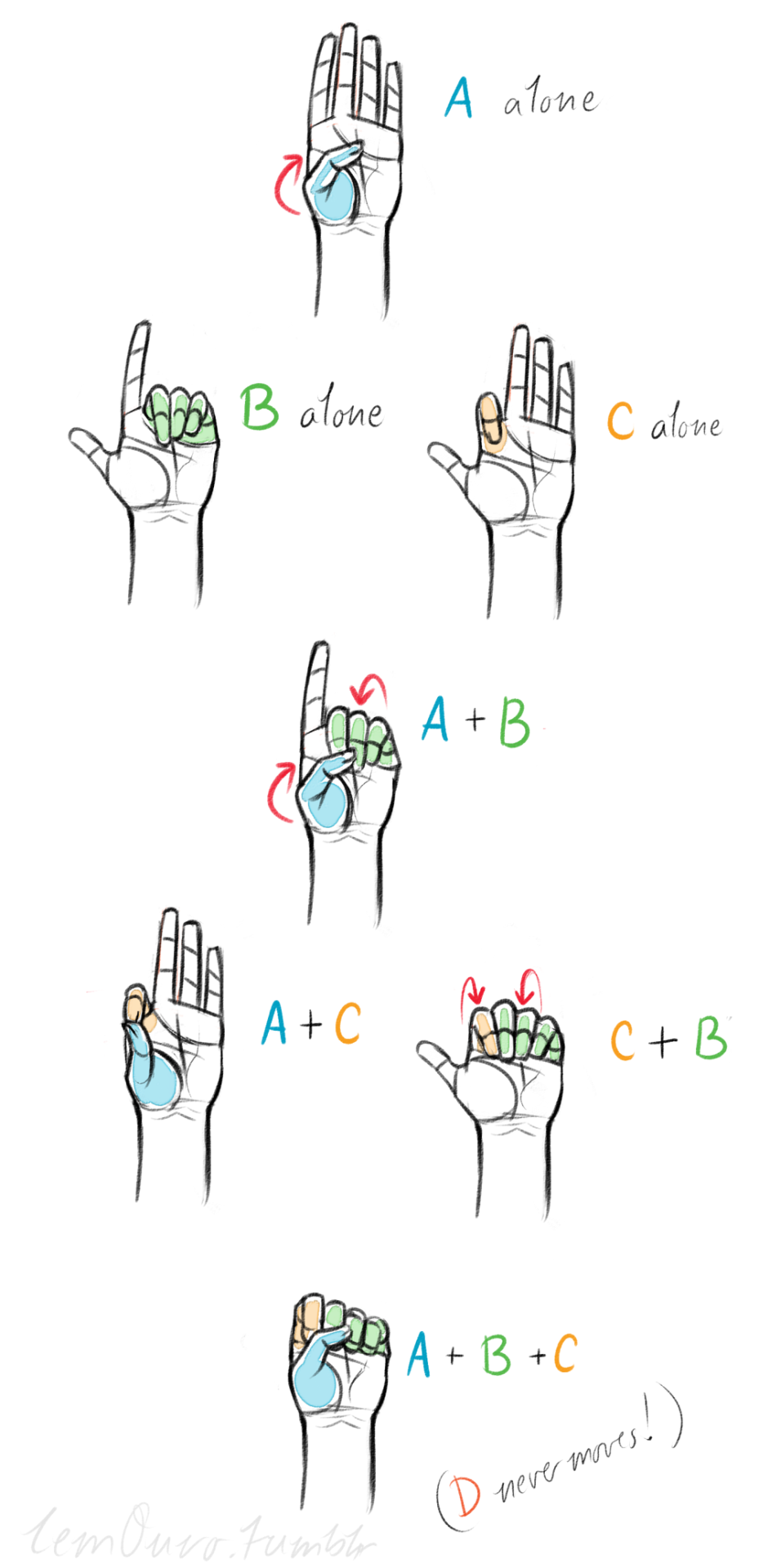
This is simply my method of drawing hands. God knows there are hundreds of tutorials out there by other artists, but personally, this way helps me the best (after learning the anatomy first).
This way I can divide the hand and combine the parts in any such way I need!
Hands take a lot of effort to grapple, and you need to practice them a lot, especially foreshortening of the hand; that’s really something you need to learn through your own studies. Look at your own hands, draw hands from life, from magazines, shows, comics; just draw hands! You’ll eventually figure out a method that works best for you. So to get better at drawing hands; draw hands!! And don’t stress over it, have fun with it!









Rapier with Scabbard
Dated: 1575-1583
Geography: made in Dresden, Saxony, Germany, Europe
Medium: engraved steel [blade]; blackened iron, pierced and engraved silver, wood, silver wire [hilt]; pierced and engraved silver, wood, leather [scabbard]
Measurements: pommel: 2 ½ × 2 13/16 inches (6.3 × 7.1 cm); blade: 11/16 × 42 3/8 inches (1.8 × 107.6 cm); width (quillons): 9 15/16 inches (25.2 cm); depth: 5 13/16 inches (14.8 cm); scabbard: 2 ½ inches × 7/8 inches × 3 feet 2 ½ inches, 8.1 ounces (6.4 × 2.3 × 97.8 cm, 230g)
The blade of the sword was made by bladesmith Andrea Ferrara, Italian (active Belluno), active 1550 - 1583. The sword features silver mounts of rapier and scabbard probably by silversmith Wendel unter den Linden, German (active Dresden), active 1566 - 1593, died before 1610.
Source: Copyright © 2016 Philadelphia Museum of Art
I've been thinking about this for a while, but how effective is full plate armour? Was it actually a good way to defend yourself?
Short Answer: Yes.
Here’s a general rule: People in the past were ignorant about a lot of things, but they weren’t stupid. If they used something, chances are they had a good reason. There are exceptions, but plate armor is not one of them.
Long Answer:
For a type of armor, no matter what it is, to be considered effective, it has to meet three criteria.
The three criteria are: Economic Efficiency, Protectiveness, and Mobility.
1. Is it Economically Efficient?
Because of the nature of society in the Middle Ages, what with equipment being largely bring-it-yourself when it came to anybody besides arrowfodder infantry who’d been given one week of training, economic efficiency was a problem for the first couple of decades after plate armor was introduced in France in the 1360s. It wasn’t easy to make, and there wasn’t really a ‘science’ to it yet, so only the wealthiest of French soldiers, meaning knights and above, had it; unless of course somebody stole it off a dead French noble. The Hundred Years War was in full swing at the time, and the French were losing badly to the English and their powerful longbows, so there were plenty of dead French nobles and knights to go around. That plate armor was not very economically efficient for you unless you were a rich man, though, it also was not exactly what we would call “full” plate armor.

Above: Early plate armor, like that used by knights and above during the later 1300s and early 1400s.


Above: Two examples of what most people mean when they say “full” plate armor, which would have been seen in the mid to late 1400s and early 1500s.
Disclaimer: These are just examples. No two suits of armor were the same because they weren’t mass-produced, and there was not really a year when everybody decided to all switch to the next evolution of plate armor. In fact it would not be improbably to see all three of these suits on the same battlefield, as expensive armor was often passed down from father to son and used for many decades.
Just like any new technology, however, as production methods improved, the product got cheaper.

Above: The Battle of Barnet, 1471, in which everybody had plate armor because it’s affordable by then.
So if we’re talking about the mid to late 1400s, which is when our modern image of the “knight in shining armor” sort of comes from, then yes, “full” plate armor is economically efficient. It still wasn’t cheap, but neither are modern day cars, and yet they’re everywhere. Also similar to cars, plate armor is durable enough to be passed down in families for generations, and after the Hundred Years War ended in 1453, there was a lot of used military equipment on sale for cheap.
2. Is it Protective?
This is a hard question to answer, particularly because no armor is perfect, and as soon as a new, seemingly ‘perfect’ type of armor appears, weapons and techniques adapt to kill the wearer anyway, and the other way around. Early plate armor was invented as a response to the extreme armor-piercing ability of the English longbow, the armor-piercing ability of a new kind of crossbow, and advancements in arrowhead technology.

Above: The old kind of arrowhead, ineffective against most armor.

Above: The new kind of arrowhead, very effective at piercing chainmaille and able to pierce plate armor if launched with enough power.

Above: An arrow shot from a “short” bow with the armor-piercing tip(I think it’s called a bodkin tip) piercing a shirt of chainmaille. However, the target likely would have survived since soldiers wore protective layers of padding underneath their armor, so if the arrow penetrated skin at all, it wasn’t deep. That’s Terry Jones in the background.

Above: A crossbow bolt with the armor piercing tip penetrating deep through the same shirt of chainmaille. The target would likely not survive.

Above: A crossbow bolt from the same crossbow glancing off a breastplate, demonstrating that it was in fact an improvement over wearing just chainmaille.
Unfortunately it didn’t help at all against the powerful English longbows at close range, but credit to the French for trying. It did at least help against weaker bows.
Now for melee weapons.
It didn’t take long for weapons to evolve to fight this new armor, but rarely was it by way of piercing through it. It was really more so that the same weapons were now being used in new ways to get around the armor.


Above: It’s a popular myth that Medieval swords were dull, but they still couldn’t cut through plate armor, nor could they thrust through it. Your weapon would break before the armor would. Most straight swords could, however, thrust through chainmaille and anything weaker.
There were three general answers to this problem:
1. Be more precise, and thrust through the weak points.


Above: The weak points of a suit of armor. Most of these points would have been covered by chainmaille, leather, thick cloth, or all three, but a sword can thrust through all three so it doesn’t matter.
To achieve the kind of thrusting accuracy needed to penetrate these small gaps, knights would often grip the blade of their sword with one hand and keep the other hand on the grip. This technique was called “half-swording”, and you could lose a finger if you don’t do it right, so don’t try it at home unless you have a thick leather glove to protect you, as most knights did, but it can also be done bare-handed.


Above: Examples of half-swording.
2. Just hit the armor so fucking hard that the force carries through and potentially breaks bones underneath.
Specialty weapons were made for this, but we’ll get to them in a minute. For now I’m still focusing on swords because I like how versatile the European longsword is.

Above: A longsword. They’re made for two-handed use, but they’re light enough to be used effectively in one hand if you’d like to have a shield or your other arm has been injured. Longswords are typically about 75% of the height of their wielders.
Assuming you’re holding the sword pointing towards the sky, the part just above the grip is called the crossguard, and the part just below the grip is called the pommel. If you hold the sword upside-down by the blade, using the same careful gripping techniques as with half-swording, you can strike with either the crossguard or the pommel, effectively turning the sword into a warhammer. This technique was called the Murder Stroke, and direct hits could easily dent plate armor, and leave the man inside bruised, concussed, or with a broken bone.

Above: The Murder Stroke as seen in a Medieval swordfighting manual.
Regular maces, hammers, and other blunt weapons were equally effective if you could get a hard enough hit in without leaving yourself open, but they all suffered from part of the plate armor’s intelligent design. Nearly every part of it was smooth and/or rounded, meaning that it’s very easy for blows to ‘slide’ off, which wastes a lot of their power. This makes it very hard to get a ‘direct’ hit.
Here come the specialized weapons to save the day.

Above: A lucerne, or claw hammer. It’s just one of the specialized weapons, but it encompasses all their shared traits so I’m going to only list it.
These could be one-handed, two-handed, or long polearms, but the general idea was the same. Either crack bones beneath armor with the left part, or penetrate plate armor with the right part. The left part has four ‘prongs’ so that it can ‘grip’ smooth plate armor and keep its force when it hits without glancing off. On the right side it as a super sturdy ‘pick’, which is about the only thing that can penetrate the plate armor itself. On top it has a sharp tip that’s useful for fighting more lightly armored opponents.
3. Force them to the ground and stab them through the visor with a dagger.
This one is pretty self-explanatory. Many conflicts between two armored knights would turn into a wrestling match. Whoever could get the other on the ground had a huge advantage, and could finish his opponent, or force him to surrender, with a dagger.
By now you might be thinking “Dang, full plate armor has a lot of weaknesses, so how can it be called good armor?”
The answer is because, like all armor is supposed to do, it minimizes your target area. If armor is such that your enemy either needs to risk cutting their fingers to target extremely small weak points, bring a specialized weapons designed specifically for your armor, or wrestle you to the ground to defeat you, that’s some damn good armor. So yes, it will protect you pretty well.

Above: The red areas represent the weak points of a man not wearing armor.
Also, before I move on to Mobility, I’m going to talk briefly about a pet-peeve of mine: Boob-plates.
If you’re writing a fantasy book, movie, or video game, and you want it to be realistically themed, don’t give the women boob-shaped armor. It wasn’t done historically even in the few cases when women wore plate armor, and that’s because it isn’t as protective as a smooth, rounded breastplate like you see men wearing. A hit with any weapon between the two ‘boobs’ will hit with its full force rather than glancing off, and that’ll hurt. If you’re not going for a realistic feel, then do whatever you want. Just my advice.

Above: Joan of Arc, wearing properly protective armor.
An exception to this is in ancient times. Female gladiators sometimes wore boob-shaped armor because that was for entertainment and nobody cared if they lived or died. Same with male gladiators. There was also armor shaped like male chests in ancient times, but because men are more flat-chested than women, this caused less of a problem. Smooth, rounded breastplates are still superior, though.
3. Does it allow the wearer to keep his or her freedom of movement?
Okay, I’ve been writing this for like four hours, so thankfully this is the simplest question to answer. There’s a modern myth that plate armor weighed like 700 lbs, and that knights could barely move in it at all, but that isn’t true. On a suit of plate armor from the mid to late 1400s or early 1500s, all the joints are hinged in such a way that they don’t impede your movement very much at all.
The whole suit, including every individual plate, the chainmaille underneath the plates, the thick cloth or leather underneath the chainmaille, and your clothes and underwear all together usually weighed about 45-55 lbs, and because the weight was distributed evenly across your whole body, you’d hardly feel the weight at all. Much heavier suits of armor that did effectively ‘lock’ the wearer in place did exist, but they never saw battlefield use. Instead, they were for showing off at parades and for jousting. Jousting armor was always heavier, thicker, and more stiffly jointed than battlefield armor because the knight only needed to move certain parts of his body, plus being thrown off a horse by a lance–even a wooden one that’s not meant to kill–has a very, very high risk of injury.
Here’s a bunch of .gifs of a guy demonstrating that you can move pretty freely in plate armor.



Above: Can you move in it? Yes.
Here are links to the videos that I made these .gifs from:
https://www.youtube.com/watch?v=vi757-7XD94
https://www.youtube.com/watch?v=NhWFQtzM4r0
https://www.youtube.com/watch?v=5hlIUrd7d1Q
-
 alexa-owo liked this · 1 week ago
alexa-owo liked this · 1 week ago -
 windowlickur liked this · 1 week ago
windowlickur liked this · 1 week ago -
 floraao liked this · 1 week ago
floraao liked this · 1 week ago -
 hotgod-amess reblogged this · 1 week ago
hotgod-amess reblogged this · 1 week ago -
 hotgod-amess liked this · 1 week ago
hotgod-amess liked this · 1 week ago -
 carryon-bewary reblogged this · 1 week ago
carryon-bewary reblogged this · 1 week ago -
 corvidslight liked this · 1 week ago
corvidslight liked this · 1 week ago -
 detooos liked this · 2 weeks ago
detooos liked this · 2 weeks ago -
 illegitimatefear reblogged this · 2 weeks ago
illegitimatefear reblogged this · 2 weeks ago -
 wheryheart-rb reblogged this · 2 weeks ago
wheryheart-rb reblogged this · 2 weeks ago -
 wheryheart-rb liked this · 2 weeks ago
wheryheart-rb liked this · 2 weeks ago -
 royalfirefly reblogged this · 2 weeks ago
royalfirefly reblogged this · 2 weeks ago -
 books-and-sadness reblogged this · 2 weeks ago
books-and-sadness reblogged this · 2 weeks ago -
 books-and-sadness liked this · 2 weeks ago
books-and-sadness liked this · 2 weeks ago -
 oatmealaddiction reblogged this · 2 weeks ago
oatmealaddiction reblogged this · 2 weeks ago -
 oatmealaddiction liked this · 2 weeks ago
oatmealaddiction liked this · 2 weeks ago -
 barbika1508 liked this · 2 weeks ago
barbika1508 liked this · 2 weeks ago -
 thehonourablealgernon reblogged this · 2 weeks ago
thehonourablealgernon reblogged this · 2 weeks ago -
 comesaking reblogged this · 3 weeks ago
comesaking reblogged this · 3 weeks ago -
 slayersestra reblogged this · 3 weeks ago
slayersestra reblogged this · 3 weeks ago -
 slayersestra liked this · 3 weeks ago
slayersestra liked this · 3 weeks ago -
 mrsmafiaau reblogged this · 3 weeks ago
mrsmafiaau reblogged this · 3 weeks ago -
 mrsmafiaau liked this · 3 weeks ago
mrsmafiaau liked this · 3 weeks ago -
 roseflower-hunter reblogged this · 3 weeks ago
roseflower-hunter reblogged this · 3 weeks ago -
 rowanhorserider liked this · 3 weeks ago
rowanhorserider liked this · 3 weeks ago -
 ohfuckihavetofindanameagain reblogged this · 3 weeks ago
ohfuckihavetofindanameagain reblogged this · 3 weeks ago -
 garaks-huge-naturals liked this · 3 weeks ago
garaks-huge-naturals liked this · 3 weeks ago -
 figuerockfaeth liked this · 3 weeks ago
figuerockfaeth liked this · 3 weeks ago -
 obrienpolycule reblogged this · 3 weeks ago
obrienpolycule reblogged this · 3 weeks ago -
 obrienpolycule liked this · 3 weeks ago
obrienpolycule liked this · 3 weeks ago -
 mrmunchgaming liked this · 3 weeks ago
mrmunchgaming liked this · 3 weeks ago -
 dwemer-ruined reblogged this · 3 weeks ago
dwemer-ruined reblogged this · 3 weeks ago -
 smolmagicalbean reblogged this · 3 weeks ago
smolmagicalbean reblogged this · 3 weeks ago -
 smolmagicalbean liked this · 3 weeks ago
smolmagicalbean liked this · 3 weeks ago -
 wafflepeguin liked this · 3 weeks ago
wafflepeguin liked this · 3 weeks ago -
 visionsofgideontheninth liked this · 3 weeks ago
visionsofgideontheninth liked this · 3 weeks ago -
 clockfetish liked this · 3 weeks ago
clockfetish liked this · 3 weeks ago -
 aperture-of-bullshit liked this · 3 weeks ago
aperture-of-bullshit liked this · 3 weeks ago -
 aromaticdisaster reblogged this · 3 weeks ago
aromaticdisaster reblogged this · 3 weeks ago -
 aromaticdisaster liked this · 3 weeks ago
aromaticdisaster liked this · 3 weeks ago -
 bigtuna108 reblogged this · 3 weeks ago
bigtuna108 reblogged this · 3 weeks ago -
 txbellee reblogged this · 3 weeks ago
txbellee reblogged this · 3 weeks ago -
 txbellee liked this · 3 weeks ago
txbellee liked this · 3 weeks ago -
 theatrebugstuff liked this · 3 weeks ago
theatrebugstuff liked this · 3 weeks ago -
 bathykolpian liked this · 3 weeks ago
bathykolpian liked this · 3 weeks ago -
 estrel reblogged this · 3 weeks ago
estrel reblogged this · 3 weeks ago -
 geneticdriftwood liked this · 1 month ago
geneticdriftwood liked this · 1 month ago -
 deepartisandreamshoe liked this · 1 month ago
deepartisandreamshoe liked this · 1 month ago -
 ringwraithmd liked this · 1 month ago
ringwraithmd liked this · 1 month ago







